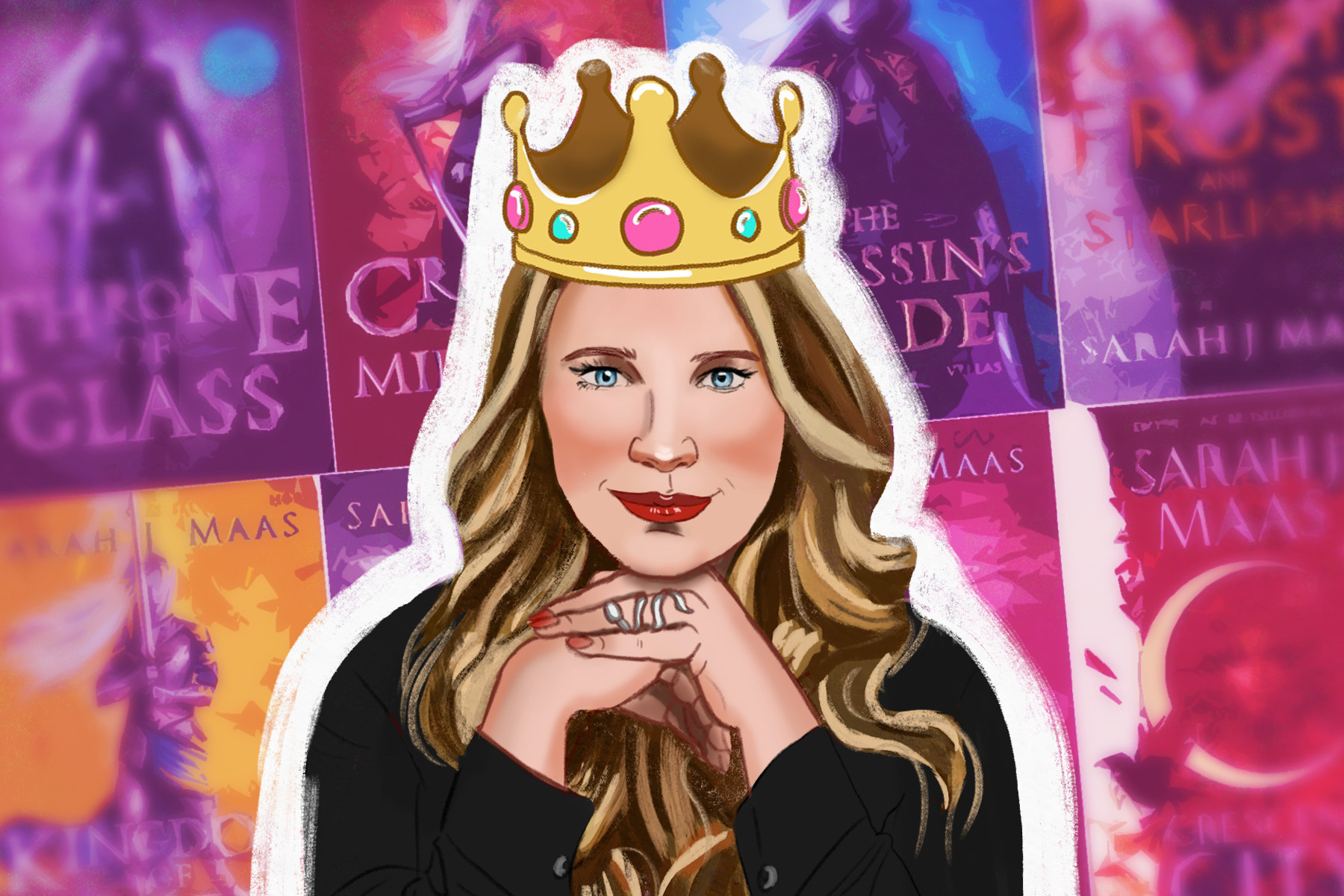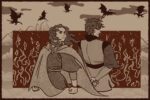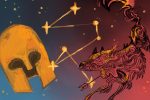Author Sarah J. Maas has released 15 novels across three series that delve into complex fantasy worlds, but fans of Maas oftentimes obsess over the characters she has created instead. There are many fan favorites, but all her characters have distinct traits that, in some ways, make them not very relatable — ranging from immortal beauty to unmatched powers. Are Maas’ characters actually well-developed, or are they loved for merely their perfection?
At first glance, Maas’ protagonists appear to follow the Mary Sue archetype: female characters who are excessively powerful, gorgeous and flawless. If one of her main characters has magic, it’s the most powerful. If her character can fight, their skill is unmatched. These women are near perfect.
Despite their talent, all her characters exhibit personal quirks, which are revealed and explained by their in-depth backstories. Maas uses her characters’ natural emotions born from their experiences to humanize them. She understands long-term reactions to trauma and intertwines the characters’ life experiences with the personality traits that she’s constructed.
Maas brilliantly showcases the protagonist’s characterization in her first publication, the young adult series “Throne of Glass.” The main character, Celaena Sardothien, is a fusion of external expertise and internal conflict. Sardothien is one of Adarlan’s assassins — the best of the best. She was trained by Arobynn Hamel, who is known as the King of the Assassins and the head of the Assassin’s Guild. Her fighting skills surpass just about any character she interacts with, but Sardothien also faces a complicated past that weighs on her soul.
The titular book in the series opens with the release of Sardothien from enslavement at the salt mines of Endovier so she can compete to become the King’s Champion — the royal assassin. Maas reveals Sardothien’s scars, both physical and emotional, throughout the series. Sardothien expresses survivor’s guilt and grief for her dead lover as early as the first book, and Maas never erases or glosses over her trauma. Her character becomes more real as she reflects on the anguish of her past and learns to adapt to new circumstances while never forgetting where she came from. Later books in the series delve further into her backstory, her past experiences explaining her personality and actions.
Sardothien shows Maas’ love of characters who are both relatable and unrelatable to the reader. Sardothien’s background as an extraordinary assassin distances her from audiences, but her emotional conflict and traumatic past connect her with readers who may deal with similar turmoil. Both pieces of her characterization help make them interesting.
“A Court of Thorns and Roses,” Maas’ most popular series, centers on Feyre Archeron, a human living just south of the wall that marks the border of the Faes’ land of Prythian. While Archeron is the youngest of three daughters to a single father, she, alone, keeps her family alive and fed by hunting in the woods, dangerously close to Prythian. Armed with the deadly accuracy of Maas’ other characters, Archeron possesses impeccable hunting skills and can use a bow with precision. Her hunting causes a conflict with a Fae High Lord, and the High Lord forces her to live in his home: the Spring Court. Once there, Archeron experiences security, safety and luxury for the first time in her life. She never has to go hungry. The High Lord of the Spring Court offers her protection and she can finally paint, which she could rarely do before because of her family’s destitute status.
Still, Archeron worries about the state of her family, even though they had been unhelpful and ungrateful for her struggle to keep them alive. She feels guilty for abandoning them and living with luxuries they can not afford. In the second book in the series, she feels guilt, depression and a sort of imposter syndrome at having survived some of the atrocities of the first book. The second book presents a story of internal redemption as Archeron struggles to overcome the emotional conflict that she feels.
In “Crescent City” — Maas’s newest series — Maas describes protagonist Bryce Quinlan as a party girl, who is half-Fae and half-human, and puts her in an urban fantasy world where humanity is seen as a weakness. Much like Maas’ other characters who show expertise in a specific skill, Quinlan has an unmatched talent with guns, being able to put together a rifle without looking at it. Her ability arises naturally from her past because her stepfather Randall Silago is a legendary sharpshooter.
Her character is defensive about her heritage in a world that discriminates against those like her, which is a realistic reaction. Quinlan exists in a world that sees her as less, and consequently relies on her friends and feels an incessant need to party. Years after the gruesome death of her best friend, Quinlan still reels from the guilt and grief of being alive. Maas proves she has done her research and understands emotional responses to trauma, showcasing how Quinlan has passed through the first three stages of grief to arrive at the depression stage, where she stays for most of the first book.
Maas develops characters who have complexity and react realistically to events in their lives, something that many authors cannot accomplish with their own characters. Her characters are dynamic, and they change and adapt over the course of her books as the plot affects them. Her characters are believable; readers can understand how and why each character reacted the way they did to each event and moment in the plot.
Readers want to be the characters in Maas’ books. The characters’ mastery of special skills attracts fans, and the personality quirks make the characters more desirable. The characters also eventually process their experiences and live their lives unburdened by their failures and traumas, providing hope to readers who may struggle with their mental or physical health. Numerous attractive and brooding love interests don’t hurt the characters’ appeal either.
The clever plotting and manipulation of Sardothien, the lush lifestyle and determination of Archeron, and the cunning intellect and attitude of Quinlan captivate the reader. Their perseverance through vicious times inspires Maas’ audience. Maas’ characters are the most interesting part of her writing — more so than the worlds or the plots that she creates.
Her ability to construct compelling characters exceeds that of many modern fantasy authors. Maas’ characters are desirable and loved because of both their incomparable skills, which readers envy, and their realistic emotions, which readers understand. To fans, these characters are real because Maas breathes life into them. Her characters’ distinct personalities and emotional journeys throughout their series establish her books as influential works in modern fantasy that are worth reading.

















